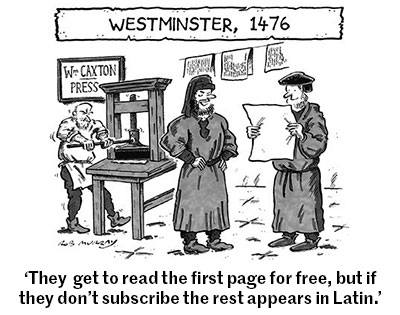Artists in the London Landscape
Charlotte Crow reviews the Museum of London exhibition tracing three centuries of artistic creativity in London.
These days, as soon as an area becomes known as ‘arty’, estate agents rub their hands in glee, house prices go up, and artists are often forced to move on. But this was not always the pattern. Why artists have congregated in certain areas, and what they have contributed to them, is the subject of a new exhibition, ‘Creative Quarters: the art world in London 1700 to 2000’, which opens at the end of the month at the Museum of London. Curated by Lucy Peltz and Cathy Ross, the exhibition examines the relationship between artists and the capital over 300 years, revealing the ways artists and Londoners have interacted, and the broader impact of the art world on the geography of the capital.
Divided into geographical sections, each looking at a different chronological period, the earlier sections of the exhibition chart the growth of the arts as a profession, the relationship between art and trade, continental competition, changing tastes and types of patronage and the collaboration of artists with a supporting cast of clients, auctioneers, suppliers, colourmen, framers, engravers, printsellers and fellow practitioners.





